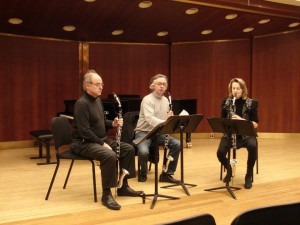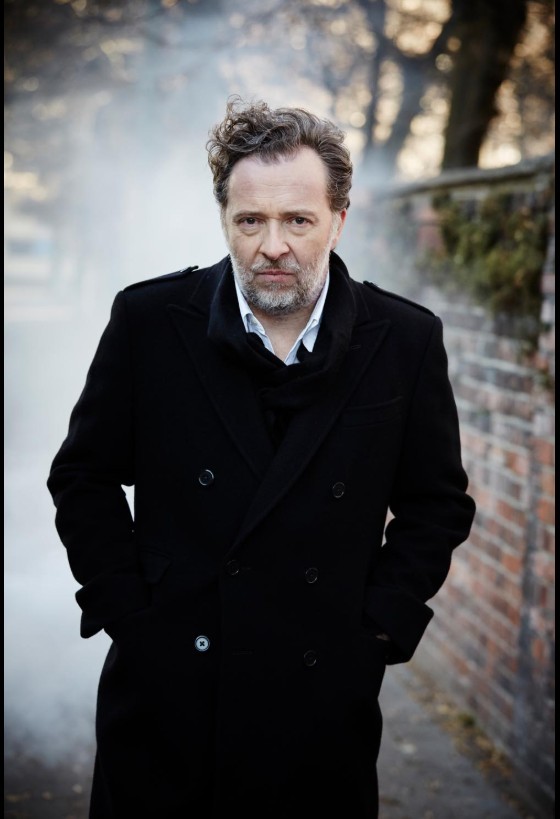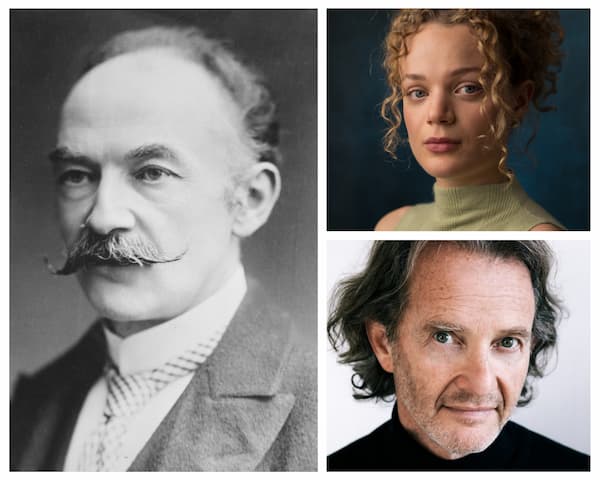
Credit: www.kdschmid.de
The Trio di Clarone is formed of brother/sister duo Sabine and Wolfgang Meyer, along with Sabine’s husband Reine Wehle. Together they have championed basset horn trios all over the world, in addition to performing duos and trios with combinations of clarinets and basset horns. Today was a concert of the latter; joined by pianist Kalle Randalu, they took a whistle-stop tour of trios for basset horn, clarinet and piano.
The basset horn as an instrument is often associated with Mozart – not least due to his 5 Divertimenti for a trio of the instruments. Apart from these pieces, and the wind serenade Gran Partita, the basset horn remained fairly neglected until Mendelssohn wrote his two Konzertstücke for basset horn, clarinet and piano.
The concert opened with the second of these Concert Pieces in D minor, a piece that, along with his first in F minor, is finally making its way into the standard concert repertoire. It was clear that Sabine Meyer and Reine Wehle had performed this many times – in a good way. Often repeated performances of pieces turn them into stagnant renditions of familiar material, but in the Trio’s case, this meant that the total familiarity they had with the music created a natural, flowing performance, character bounding from the stage.

Credit: ayakooshima.blog16.fc2.com
Sabine Meyer took to the stage next to perform a clarinet warhorse, Schumann’s Fantasiestücke. The intonation suffered slightly here, and whilst the performance was well-shaped, the duo could have explored more of the extremes Schumann has to offer; this piece is very beautiful on the surface, but hints at something a lot darker, more tormented.
The concert finished with the two Meyers performing Mendelssohn’s first Konzertstück, this one in F minor, Sabine on clarinet, Wolfgang on basset. The two Mendelssohns seemed to be the standout favourite for the audience; the not-too-long movements, the catchy themes and good distribution of lyrical and showy writing make them perfect for a lunchtime concert. The Trio di Clarone’s performance was engaging and lively, soliciting a chuckle or two from the audience in some of the outwardly virtuosic passages.
As I step back outside into the Real World, car horns honking and buses blazing past, I reflect on an extremely well-paced concert. The opening piece created in the audience an appetite that was finally quenched with the performance of the second Mendelssohn, the two bravura pieces framing delicate performances of other works in which the performers could explore the more sensitive sides of the basset-clarinet-piano combination.
Official Website
Divertimento en F/M.Mozart.Trio de clarone.Sabine y Wolfang Meyer,Reinar Mehle


